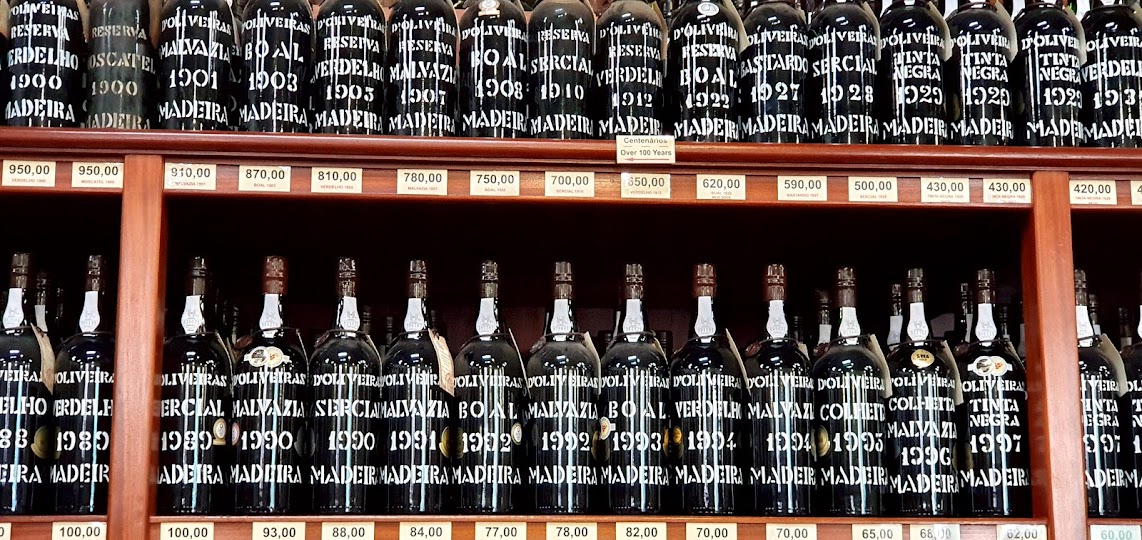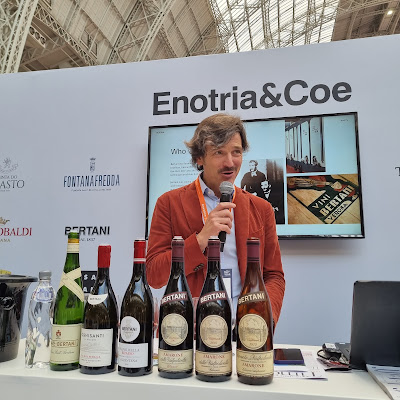Captivating master class organized by Enotria&Coe at the London Wine Fair 2022 on amphora wines. Our speaker was Peter Wallbridge, Enotria&Coe buyer for Spain and Latin America and a published author on the American Journal of Enology. These are my main takeaways from this session.
This is a recurring trend, every so many decades amphora becomes fashionable again. Of course the method itself goes back thousands of years, to the origin of the very first wines, before producers knew how to use wood, cement or even glass to hold their wines during fermentation and aging. But of course clay was used pretty much everywhere in the wider Mediterranean and Mesopotamia region, all the way to Georgia, to hold oil as well as dry cargo such as grains.
In recent times amphora has gained popularity again and the more scientifically oriented specialists focus on its oxygen transmission rate (OTR), pointing out how it is a linear progression, as opposed to wood's OTR which starts high and peters out. So what? Well there is lots of anecdotal evidence for the effects this has on wine, though not enough scientific data.
Experiments in Italy and Spain (where he thinks the best clay comes from) have shown that amphora does not yield good results the first year wine is poured into its vessels. But then tartaric acid deposits create a layer that is ideal for the best micro-oxygenation.
The long road to the re-discovery of amphora wine is going to be a long one.
Tasting notes:
Airen Las Tinadas Organic, Bodegas Verum, La Mancha, Spain 2020
Tinadas Airen 100%, RRP £19
This unusual grape is similar to pinot grigio and gave us a balanced wine with notes of almonds and mod length. Manual harvesting with selection of only the best bunches from each plant. Old vines planted as far back as 1950. A serious Summer wine.
Score 85
Las Tinadas Cencibel, Bodegas Verum, La Mancha, Spain, 2016
This grape is close to tempranillo and comes from vines planted in 1956 on rocky soil, and have to make do with no irrigation. They produced a fruity wine with a medium body, complex and with a quirky but pleasant bitterness aftertaste.
Score 93
Viejas Tinajas Cinsault, De Martino, Itata Valley, Chile, 2020
Easy does it, this is Chile's answer to Beaujolais.
Score 84
Viejas Tinajas Muscat, De Martino, Itata Valley, Chile, 2020
An incredibly strong nose, with exuberant notes of fresh citrus and nuts. This is an "orange" wine in that there is extended skin contact. A unique product that will make you want to taste more.
Score 90
Trebbiano d'Abruzzo DOC Anfora Organic, F. Cirelli, 2019
Trebbiano 100% Certified organic now moving to biodynamic. Manual harvest.
Fermentation in natural yeasts in terracotta then aged 12 months in amphora.
They only use new amphora, do not want tartaric acid layers and the result is a wine that retains an amphora feel, a certain roughness.
Score 88
Montepulciano d'Abruzzo DOC Anfora Organic, F. Cirelli, 2020
Montepulciano 100% A fruity and mod balanced wine, some rough edges but an intriguing clay feel that makes you want to taste future vintages to see how this producer will evolve after its recent conversion to organic and biodynamic.
Score 83




















